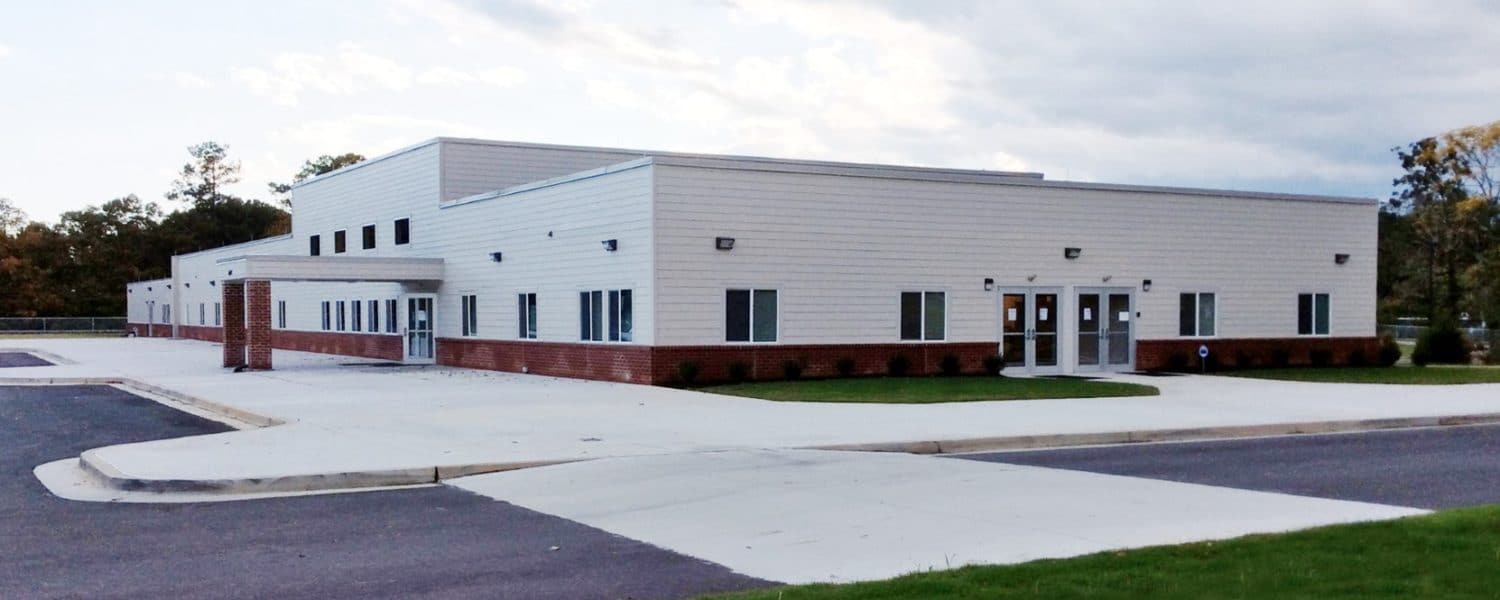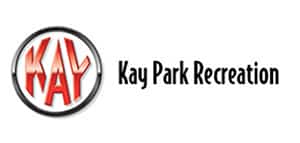There are a lot of misnomers out there in regards to modular construction and modular buildings. We have listed the top 5 that we come across on a regular basis and how modular can be the best and most cost-efficient solution for your project!
Myth 1
Modular Buildings Are Low Quality
Modular construction is the process of manufacturing buildings in a factory-controlled environment. Prefabricated modular buildings are constructed to meet the applicable building codes depending on the planned use and occupancy and to conform to the conditions of the building site. Our buildings meet strict International Building Codes as well as State and Local Codes, the same as site-built construction.
Modular construction allows for quality control and accuracy during construction, while site-built buildings are at the discretion of the tradesman on site. Assembly of the parts is done in a facility, free of weather, which increases efficiency of production as well as eliminates damage to the building materials.
Myth 2
Modular Buildings Are Architecturally Unappealing
The design and aesthetics of each unit constructed is developed based on the customer’s needs and budget. We work with clients to develop their concept, determining the general layout, feasibility and construction.
This includes working closely with end-users, architects and project teams to ensure that the project is developed quickly and effectively, meeting all requirements.
We have the ability to deliver exceptional flexibility in building design, creating unique and innovative modular buildings that can respond to individual customer needs and aspirations. We take the building design far beyond the original “box.”
There are a variety of exterior finishes available that can be installed at the factory, or the modules can be delivered without siding, and a brick or block exterior can be installed on site for a permanent look.
Other site-installed features such as parapet, peaked roof or entrance canopy can enhance the exterior façade of the building.
Myth 3
Modular Construction Is a New Concept
The modular building concept has been around for decades and is developed and implemented all over the United States and Internationally and across many industries, including education, commercial, healthcare, government, etc.
In 1971, Disney World built their first two hotels using modular innovation. Their rooms for both of these hotels were built off-site, at a factory about 3 miles from the hotels themselves. The rooms were modular and were complete with fixtures, carpeting, bathrooms, air conditioners, and even wallpaper. The structure of the hotels was built on-site, and the rooms were slid into the hotel structure, much like sliding drawers into a dresser.
Myth 4
Modular Buildings Are Not Built to Last
Modular buildings are constructed using the same materials as conventional construction and built to the same International Building Code (IBC) as site-built structures.
In addition, modules are built on a steel frame and designed to withstand transport from the building manufacturer to the job site, so they typically have a more robust structure than their site built counterpart.
Modular units are constructed in a controlled manufacturing facility, using skilled workers, and quality control inspections that take place throughout each project. Therefore, modular buildings are manufactured to be structurally sound and last for decades.
Myth 5
Modular Buildings Are Too Expensive
Modular construction can offer some cost savings over conventional construction depending on the building design, project location and local labor rates. If there is a used building in our inventory that meets your needs, there can be significant cost savings over a site built building.
The financing options offered by Innovative Modular Solutions and our financing partners are nearly as diverse as the potential uses and configurations of the buildings themselves.
Outright Purchase – Modular buildings and the associated construction work are purchased in a one-time transaction.
Leasing Options – Leasing allows customers to pay for their modular and portable buildings over a period of time without a significant capital outlay. Payments are made at pre-determined rates for a specific period of time.
Payments can be monthly, quarterly, or annually over typical terms of one to seven years to meet available cash flow. Site improvements and even furnishings may be able to be included in the amount financed.
- Operating Lease: A long-term rental that allows customers to pay for the modular building only for the period of time that it is needed. When the building is no longer required, it can be purchased or returned.
- Finance Lease: A lease-to-purchase arrangement that allows customers to purchase their modular building over time
- Municipal Lease: A low-interest lease to purchase that is a useful financing alternative available to state and local governmental agencies, public school, and some charter schools.
This information is courtesy of Innovative Modular Solutions, www.innovativemodular.com. Since 1999, IMS has provided time conscious and cost-saving building solutions, maintaining a high standard of quality. With a long list of satisfied customers, IMS can serve any modular building need.










